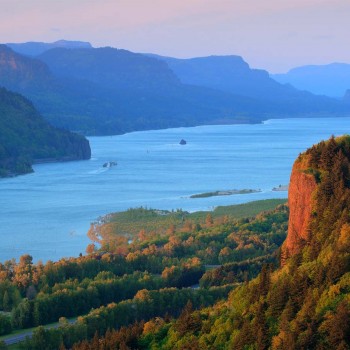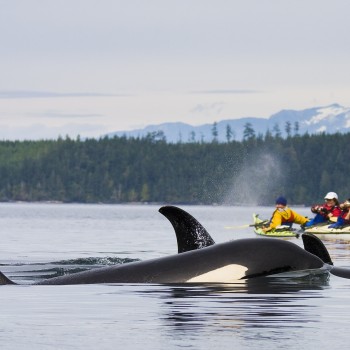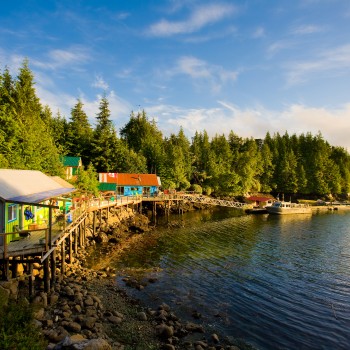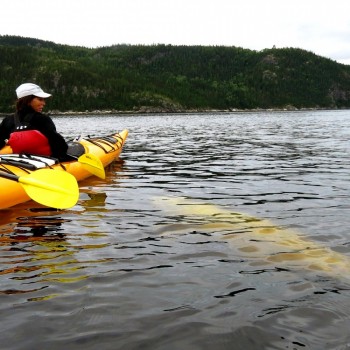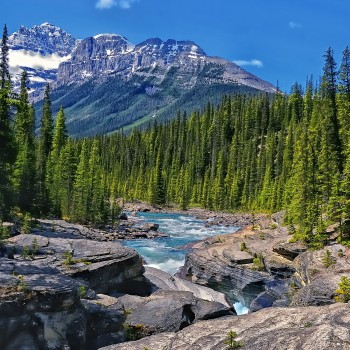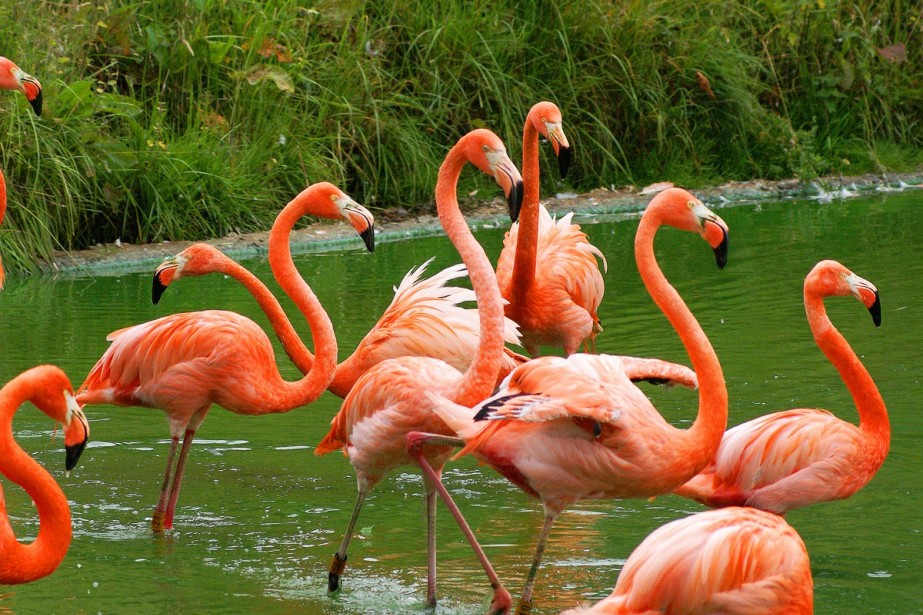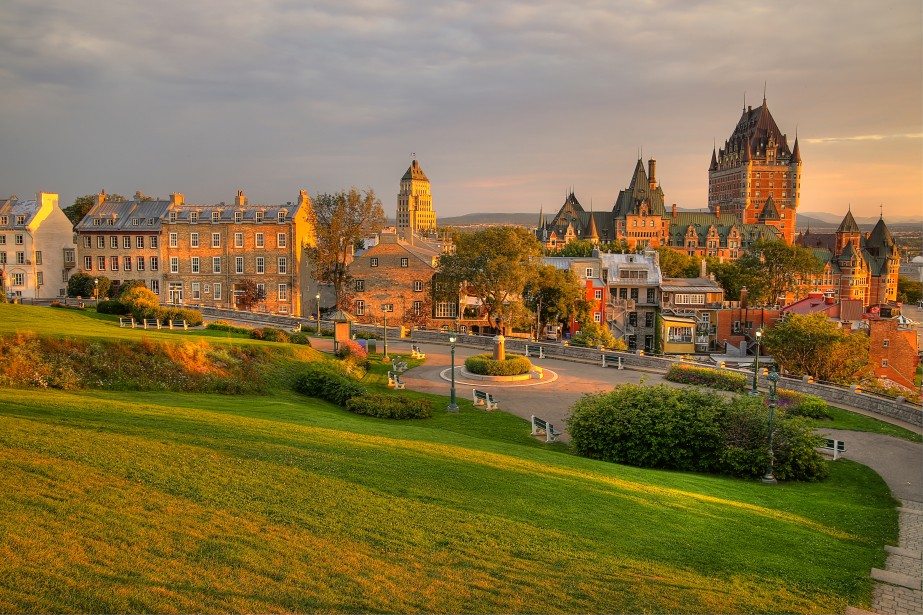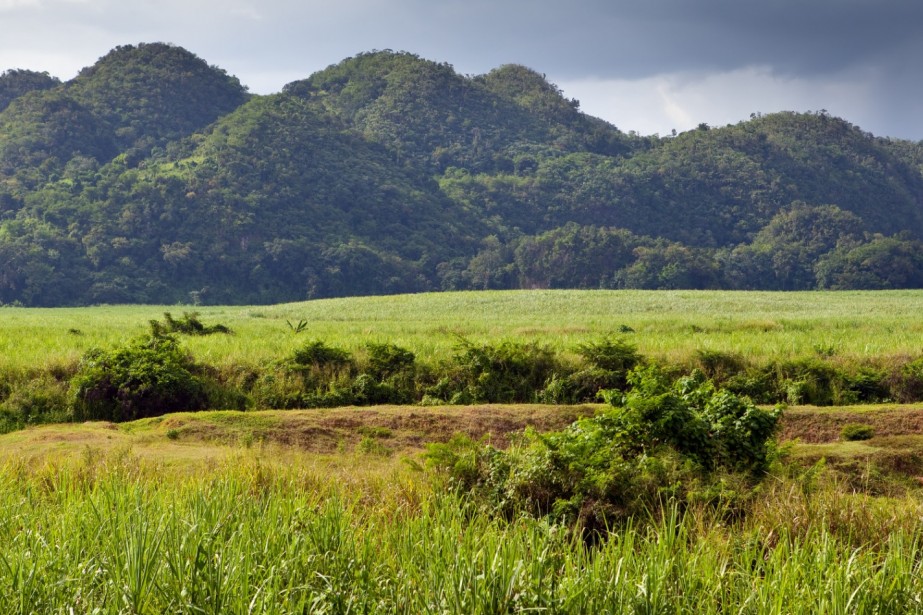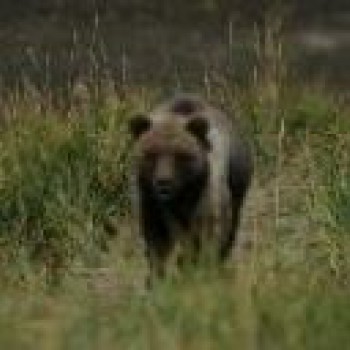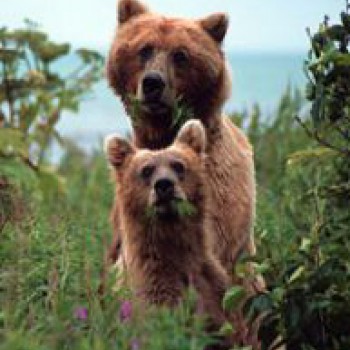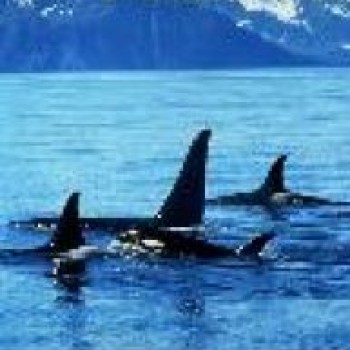Submitted by Adam Sherlip on July 28, 2016
Overview
Canada is the northernmost contiguous country on the continent of North America, sharing a border with the United States to west (Alaska) and south; the largest land border in the world. To the northeast is Greenland, a part of the North American continent physically, but politically considered to be a part of the Kingdom of Denmark, and therefore Europe. Canada extends from the Atlantic Ocean to the Pacific Ocean and is known as “The Great White North” due to its long, snowy winters. It’s the world’s second largest country in total area, after Russia.
As its nickname suggests, Canada is a winter wonderland that is famous for winter sports such as ice hockey, skiing (alpine and cross-country), curling and snowshoeing. It’s also a great, diverse terrain that provides numerous opportunities for water sports, biking, rock climbing, kayaking/canoeing, trekking, hiking and camping from coast to coast.
Toronto, Montreal and Vancouver are the three largest population centers, respectively, with a combined population of over 10 million people, accounting for just under 1/3 of the total population, and all are within 100 miles from the US border, making it accessible via land or air. Each city is quite distinct from one another and tell a very different story about old and new Canada.
The Legatum Institute (Prosperity.com) recently pronounced Canada the world’s freest country and sixth most prosperous, based on its diversity, governance, education, healthcare and security. These reasons, and more, make Canada way more than just “America’s neighbor to the north”, and a country that should be explored by travelers of all ilks.
When to Travel – Weather
It goes without saying that Canada gets cold in the winter…very cold! In January, the entire country is below freezing, except for the coastal parts of British Columbia, such as Vancouver and Victoria, which are warmed by the Pacific Ocean. The provinces of Saskatchewan and Manitoba, commonly referred to as “The Prairies” are often the harshest, with average daily temperatures hovering around 0°F (-17°C) before wind chills, and lows that can reach -40°F/C. Cities across the Eastern provinces of Ontario, Quebec and “The Maritimes” (New Brunswick, Prince Edward Island, Nova Scotia, and Newfoundland & Labrador) receive considerable snowfall throughout the winter. On the other hand, the country is quite comfortable in the summer, with average daily temperature around 80°F (26°C), but some areas can exceed 100°F (38°C), especially more inland.
With this in mind, the best time of year to travel to Canada depends solely on your preferred activities and comfort level. Winter sports enthusiasts should head to Whistler, British Columbia (BC) or Mont Tremblant, Quebec (QC) for skiing, Banff, Alberta (AB) for snowshoeing or seek out a frozen lake or pond to partake in Canada’s passion: ice hockey.
In the summer, Canadians come out from their homes and offices to enjoy the warm weather at parks and beaches around the country and attend a plethora of festivals and events that draw tourists from around the world.
Food and Drink
Poutine is Canada’s most famous cuisine, but cuisine may not be the best way to describe it. Created and popularized in the Province of Quebec, namely the cities of Quebec and Montreal, Poutine is a seemingly simple dish of French fries with cheese and gravy, but it is so much more. Devotees to proper poutine scrutinize the quality of the fries, the flavor profile of the gravy and judge the cheese by how well it squeaks; the squeakier the better…really. Poutine has increased in popularity around Canada and the world, but it is in Quebec province where you will find truly amazing poutine.
Beyond this caloric behemoth, Canada is full of diverse cuisines due to its expansive geography and vast cultural diversity. The Maritimes have a centuries-old fishing industry ranging from cod and Atlantic salmon to lobster and oysters, while British Columbia’s varieties of Pacific salmon (Chinook, CoHo & Sockeye) are among the most prized in the world.
Quebec is notorious for more than just poutine. It’s deep connections to its French roots have infused a strong French culinary background into many restaurants around “La Belle Province” (the beautiful province) and the old Jewish community in Montreal has made Montreal Bagels and smoked meat world famous.
In Vancouver, food trucks have sprouted everywhere, often showcasing innovative Asian fusion dishes, like Japanese hot dogs, Naan kababs, or Korean tacos. It’s also a mecca of healthy eating with raw, vegetarian/vegan restaurants and juice bars scattered throughout the city. Vancouver’s proximity to Seattle means that
Toronto, as Canada’s largest and most diverse city, boasts world class Indian food, high-end restaurants, delicious burgers, and due to its proximity to Buffalo, NY, is also quite adept at Buffalo-style chicken wings.
The cities mentioned all have thriving nightlife scenes to go out and enjoy drinks, each staying authentic to the uniqueness of their respective areas. The drinking age in Canada is 19 for all Canadian provinces and territories, excluding Alberta, Manitoba and Quebec, which allow drinking at 18 years old. Each province regulates beer and alcohol sales differently. For example, in both Vancouver and Ontario, beer and liquor are sold in specific outlets, often government owned (like LCBO), with few private options (“The Beer Store” is a public-private partnership), while in Quebec, beer can be purchased in gas stations, convenience stores (dépanneurs), supermarkets or the government liquor store: SAQ.
Popular Vacation Spots
Niagara Falls – One of the world’s most impressive natural wonders, Niagara Falls is situated on the border of Southern Ontario and Western New York State, USA, which shares a city of the same name just across the way. The falls themselves are an incredible sight to be seen. While they aren’t the highest in the world, they have the largest volume annual water-flow, which can be heard from a distance and felt up close and personal on the “Maid of the Mist” boats that ride up to the edge of the falls, or by taking a walking tour underneath the falls in the caverns that have been constructed. The city has many hotels of all price ranges, two casinos, tourist shops and attractions that will ensure you leave with plenty of mementos and restaurants from every many chains. The falls themselves are not to be missed, but are best combined in a trip with Toronto.
Toronto – Canada’s largest city is considered one of the world’s most diverse and desirable cities to live. Toronto is situated on the western shore of Lake Ontario, 2 hours from Niagara Falls, and is home to North America’s tallest structure, the CN Tower, which provides 360° panoramic views of the Greater Toronto Area. Food, beverage, music, sports, business, Toronto has it all. It’s home to the Maple Leafs of the NHL, the world’s most profitable hockey franchise, Canada’s only (current) Major League Baseball team, the Blue Jays, as well as the center of Canadian business and entertainment. Cuisines from all over the world and nightlife to cater to every person’s interest are among the many reasons people visit Toronto year-round.
Montreal – Canada’s second largest city, and the largest in the province of Quebec, Montreal is easily one of the world’s most unique cities, boasting a society that mixes both French-speaking and English-speaking populations. While French is the official language of Montreal (and the province of Quebec), many Montreal natives are bilingual, no matter their native tongue, but the Old World conflicts between French and English have left a lasting impact on this 350-year-old city. The French-English tension has resulted in a vibrant culture that expresses itself artistically with world-class museums, galleries and shows, such as Cirque du Soleil. The food is diverse and delicious. Poutineries are as common as bring-your-own-wine (“Apportez Votre Vin”) French bistros, Vietnamese restaurants or old Jewish deli establishments like Schwartz’s or Lester’s, which offer up smoked meat that rivals any New York Pastrami. And you can’t mention New York without comparing Montreal’s smaller, denser bagels, which are much loved around the world. Montreal’s full of summer events and festivals, such as the world-renowned Jazz festival, Just for Laughs comedy festival and Osheaga music festival, as well F1 Grand Prix. For sports enthusiasts, do your best to get a ticket to see “Les Habitants”, the Montreal Canadiens hockey team. Montreal lives, breathes & sleeps “Habs” Bleu, Blanc & Rouge (Blue, White & Red), as the team is the winningest franchise in NHL history. For adventure-seekers, there’s a Six Flags theme park and casino sitting on a small island in the Saint Lawrence River, and if you want to transport yourself back to Old Montreal, you can meander through the narrow, cobble-stone streets of the neighborhood with the same name.
Quebec – The capital of the province of Quebec, Quebec City is only 2 hours away from the much larger Montreal, but feels like it’s of a different world. Whereas Old Montreal is a small neighborhood in a city that looks much more modern and urban, Quebec City retained much of its Old World architecture and design. Many visitors feel like they’re in Europe when visit Quebec City. The city is so convincingly European it has been used as a stand-in for French towns in a number of shows and movies, like Catch Me if You Can. Quebec City is a very steep, hilly city, so be prepared to huff and puff as you climb the stairs up to incredible vantage points. It’s also less bilingual than Montreal, so be sure to brush up on your French before arriving. As one of the oldest cities in North America, this is a must-see for any traveler interested in experiencing distinct and special cultures.
British Columbia – The province on the Pacific is unlike anything else in Canada. With a temperate climate along the coast and the Rocky Mountains along its eastern border, few areas present as much natural beauty as British Columbia. Vancouver’s far and away the main city of BC, but the capital of Victoria, on Vancouver Island, is a charming waterfront city boasting the Royal BC Museum (founded in 1886), the second-oldest Chinatown in North America and the world-renowned Butchart Gardens. Back on mainland BC, Whistler is one of the most prized skiing destinations in the world, and the Inside Passage, from Seattle to Alaska, runs along the coast of BC and offers breathtaking views and the opportunity to do some whale watching.
Practical Info
Currency
The Canadian dollar ($, C$, or CAD) is one of the world’s strongest and most consistent currencies, and is easily exchangeable around the world. Traditional paper notes have been replaced by longer-lasting and more secure polymer, and denominations come in 100, 50, 20, 10 & 5. There are also 1 & 2 dollar coins, nicknamed the “loonie” and “toonie”, respectively, which got its name from the loon bird on the one-dollar coin and the subsequent play on the words “two” and “loonie” to make “toonie”. Loonies have a brass color, while toonies have a unique golden inner section surrounded by a silver outer section. All new Canadian dollar coins are steel alloys.
Just like with the US dollar, Canadian dollars are made up of 100 cents, but with only 25, 10 & 5 cent denominations, as the 1 cent (penny) was discontinued a few years ago to save on costs. As a result, cash transactions are rounded up or down to the nearest 5 cents.
Canada has large national banks, such as TD (Toronto-Dominion), CIBC (Canadian Imperial Bank of Commerce), RBC (Royal Bank of Canada), Scotiabank and Bank of Montreal (BOM), as well as many smaller regional/local banks. ATMs are readily available around the country, and work with all Visa/Mastercard-backed cards. In some cities, ATMs provide the option to withdraw US dollars. Many businesses also accept US dollars, albeit at an unfavorable exchange rate (usually 1:1).
If you’re looking to exchange currencies in Canada, banks are the better option. Many touristy areas will offer exchange businesses which will work in a pinch.
Canada has fully implemented the EMV chip in their credit/debit cards & terminals, so don’t be surprised if the person ringing you out is confused if you’re looking to swipe and sign, as is common in the US. American Express is accepted at about the same rate as in the US, in most places that accept credit, but not all.

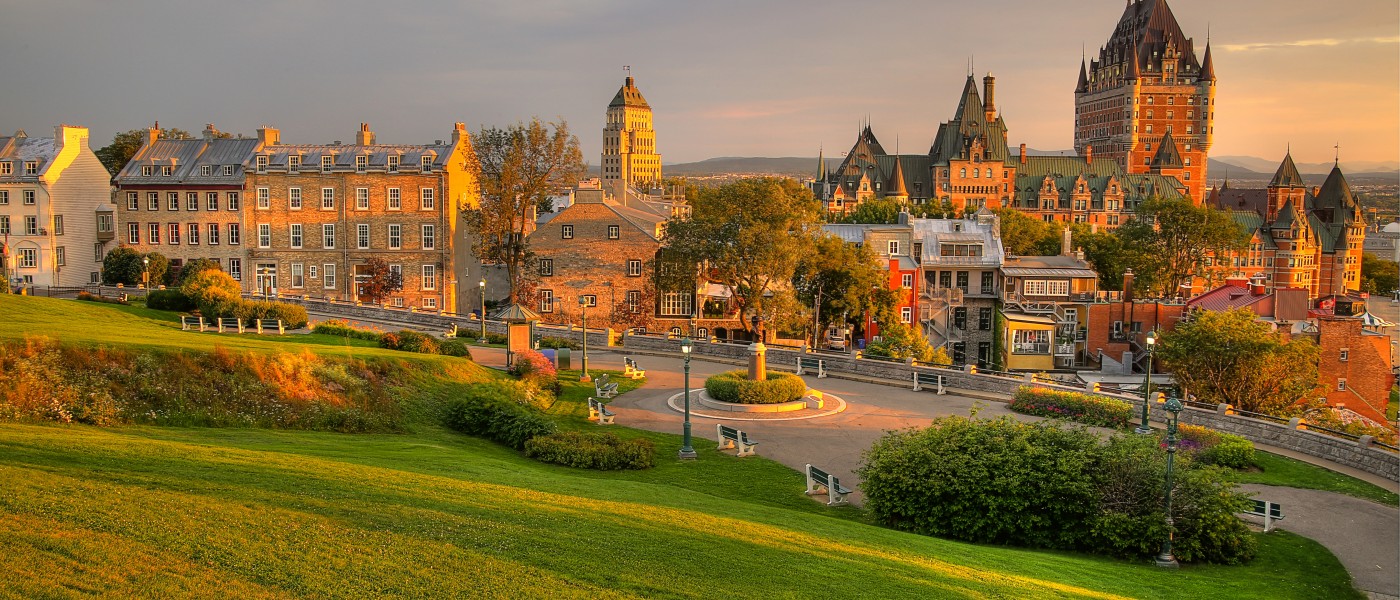
 ')">
')">